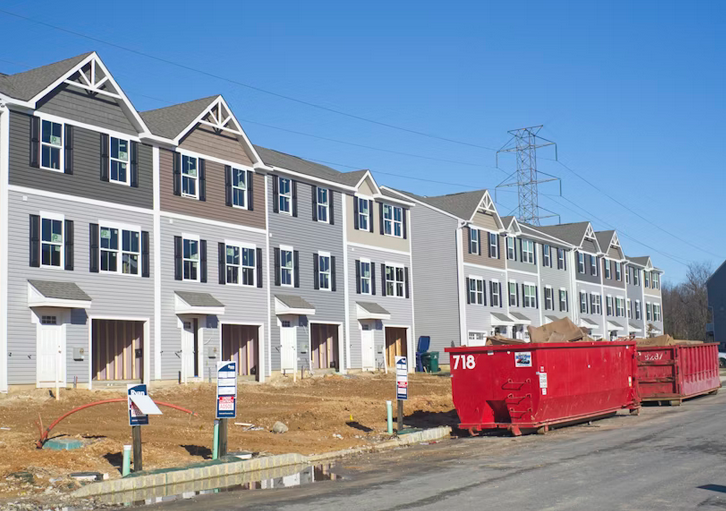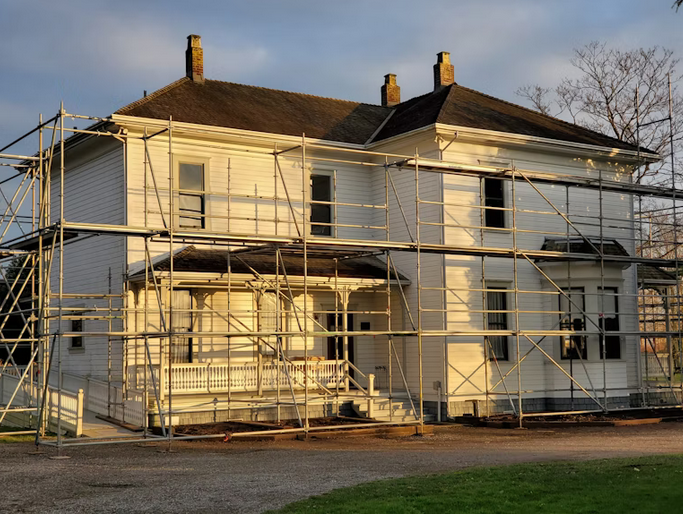Homes That Heal: How Thoughtful Construction Is Revitalizing Communities
Modern construction isn’t just about creating places to live—it’s about fostering environments that promote wellness, connection, and sustainability. Across the country, a new wave of architecture and urban planning is transforming communities in meaningful ways. These “homes that heal” are more than just houses; they’re catalysts for renewal, both socially and environmentally. Here’s how thoughtful design is playing a critical role in revitalizing neighborhoods and restoring hope to struggling areas.
Neighborhood Design for Human Health
At the heart of this movement is a shift in how we think about health—not just as the absence of illness, but as a state of complete well-being. Forward-thinking developers are now incorporating natural light, airflow, greenery, and communal spaces into residential designs. These features are proven to reduce stress, improve mood, and even lower blood pressure. Walkable streets, parks within easy reach, and community gardens are increasingly standard in these healing neighborhoods. According to recent studies featured on www.news.de, these design elements can contribute significantly to both mental and physical health, creating not just better homes, but better lives.
Energy-Efficient Homes that Empower
Sustainability isn’t just an environmental concern—it’s a matter of economic justice. Energy-efficient homes reduce utility costs for residents and lessen environmental impact. Low-income families, in particular, benefit from lower monthly bills and increased home value. From solar panels to high-performance insulation, these eco-conscious upgrades are being made accessible in public housing and urban infill projects alike. The result is a housing stock that’s as resilient as the people who live in it.
Safe Spaces That Foster Belonging

Healing begins with safety, and thoughtful construction plays a major role in creating environments where people feel secure. This includes everything from good lighting and visible public spaces to mixed-use developments that encourage “eyes on the street.” Architects are now working closely with community members to understand safety concerns and address them in both structural and social ways. The presence of shared spaces such as playgrounds, libraries, and community centers also helps reduce isolation and build a sense of trust among neighbors.
Revitalization Without Displacement
One of the most delicate challenges in community development is how to improve neighborhoods without pushing out the people who already live there. Thoughtful construction emphasizes inclusive revitalization. This means working alongside residents to preserve cultural identity, provide affordable housing, and prioritize local ownership. Developers and city planners are increasingly using community land trusts and rent-to-own models to ensure long-term affordability. The goal isn’t to gentrify—it’s to grow, together.
A New Era of Community Collaboration
Perhaps the most inspiring aspect of healing homes is the collaboration it encourages. Architects, urban planners, local governments, and residents are working in unison like never before. These partnerships ensure that new developments reflect the real needs of the community—from multi-generational housing to spaces for local entrepreneurs. When people feel heard in the planning process, they’re more likely to invest emotionally and economically in their surroundings. It’s not just about building structures—it’s about rebuilding trust.
As we look ahead, it’s clear that the future of construction lies not just in concrete and steel, but in empathy, vision, and community-driven design. Homes that heal are setting a new standard for what it means to build responsibly—where every beam, brick, and blueprint contributes to the health and vitality of a neighborhood. In a time when so many communities are searching for stability and hope, this thoughtful approach to housing offers more than shelter—it offers healing.…

